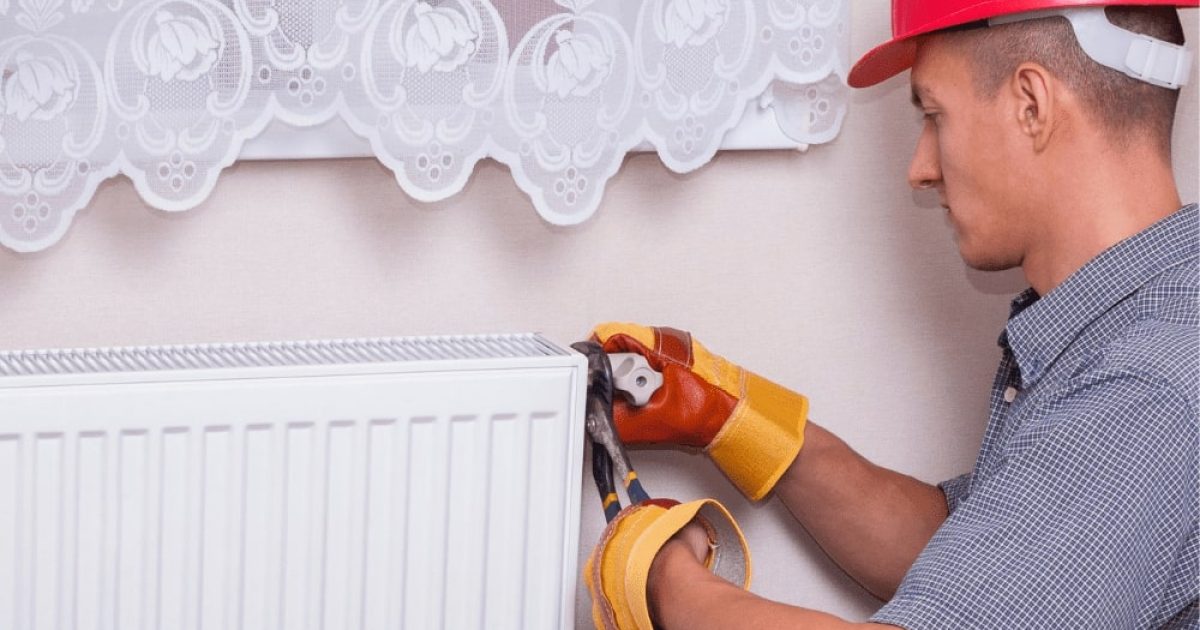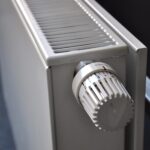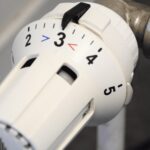Do you want to have control over your heating system and save money on repairs? You’ve come to the right place – with DIY Radiator Repair: Tips and Tricks for Basic Maintenance and Fixes UK, you can become the master of your own warmth.
By identifying common radiator issues and equipping yourself with the necessary tools, you’ll be prepared to perform basic maintenance and tackle common problems right away. This empowering guide will walk you through the process step by step, ensuring that each fix is done perfectly.
Safety is crucial, so we’ll provide clear instructions on when it’s time to call a specialist. With our technical expertise, informative approach, and precise language, this article aims to provide you with the knowledge required to effectively maintain and repair your radiator.
Get ready to take control of heat regulation like never before!
Identify common radiator problems.
Wondering what could go wrong with your radiator? Let’s find out some of the most common issues!
A leak is one of the most irritating problems. It occurs when there is a hole or crack in the radiator, causing coolant to escape. This leads to a loss of efficiency and can even cause engine overheating if it is not taken care of.
Radiator noise is another potential issue. This could be due to air trapped in the system or a faulty fan motor. It is important to address these issues quickly to avoid further damage and ensure optimal performance from your radiator.
Gather the Necessary Tools
Make sure you have all the necessary tools for the task so that you can efficiently and quickly address any issues with your radiator. Here is a list of essential items:
- Screwdriver: This is needed to remove any screws or bolts that are holding the radiator in place.
- Adjustable wrench: You will need this tool to loosen and tighten pipe fittings and valves.
- Bucket or container: Keep this handy to catch any water that may spill out during the repair process.
- Cleaning solution and brush: Use these to clean your radiator and remove any dirt or debris that may be blocking the fins.
It is important to prevent rust in order to extend the lifespan of your radiator. Consider using a rust inhibitor spray or applying an anti-corrosion coating to prevent future damage. Having these tools readily available will ensure that you can thoroughly clean your radiator and take the necessary steps to prevent rust buildup.
Perform Basic Maintenance
Performing basic maintenance on your radiator is similar to giving it a refreshing spa treatment, ensuring its optimal performance and longevity.
To begin, regular radiator cleaning is necessary to remove any dirt or debris that may have accumulated on the fins or inside the unit. Utilise a soft brush or vacuum cleaner to delicately clean the exterior and guarantee sufficient airflow.
Moreover, bleeding your radiator is necessary for keeping up effective heating. With time, air can get caught in the system, causing cold spots and decreasing general heat output. To bleed your radiator, locate the bleed valve commonly found at the top of the unit and use a radiator key or flathead screwdriver to release any caught air. Rehash this process for all radiators in your home to guarantee consistent warmth throughout.
By executing these basic maintenance tasks regularly, you’ll keep your radiator running smoothly and effectively for a long time.
Fixing Common Issues
To troubleshoot common problems with your radiator, you need to inspect the area around it for water puddles or dampness. A radiator leak can be a major problem, leading to coolant loss and potential engine damage.
If you notice a leak, it is important to find the source and fix it quickly. Start by checking the radiator hoses and connections for any signs of deterioration or cracks. Tighten loose clamps or replace broken hoses if necessary.
Another common issue is a faulty radiator thermostat, which can cause overheating. Check if the temperature gauge is consistently high or fluctuating abnormally. If so, replacing the thermostat may resolve the problem.
Remember to be cautious when working with hot coolant and refer to your vehicle’s manual for specific instructions on repairs and replacing parts.
Safety Precautions and When to Call a Professional
When it comes to looking after your vehicle, safety must always be a top priority. Repairing your own radiator can save you both money and time, but there are certain situations where it is better to seek professional help. Here are some factors to consider:
- DIY or hire?: Minor leaks or coolant flushes can often be done independently. However, more complex issues such as major leaks or radiator replacement may require the expertise of a professional. If you do not have the necessary experience or tools for the repair, it is safer to hire a plumbing service.
- Importance of maintenance: Regularly inspecting your radiator for leaks and damage is crucial in order to avoid costly repairs. Flushing and replacing the coolant as recommended will help maintain optimal performance.
Remember, while DIY repairs can be empowering, your safety should always come first. It is important to be aware of your limitations and seek qualified assistance when necessary.
Frequently Asked Questions
How frequently should I carry out basic maintenance on my radiator?
Perform regular maintenance on your radiator to ensure it performs at its best. The frequency of this maintenance will depend on factors such as usage and environmental conditions. It is generally advised to follow a radiator maintenance checklist every 6 to 12 months. This includes tasks like bleeding the radiator, checking for any leaks or blockages, cleaning the fins and grilles, and inspecting the valves and thermostats.
By doing this regularly, you can ensure that your radiator runs efficiently and prevent any potential problems in the future.
Can I use any type of radiator coolant or should I use a specific brand?
You have the option to use any type of radiator coolant, but should you choose a specific brand? There are various coolants available in the market, each with their own advantages and disadvantages. Some popular choices include ethylene glycol-based coolant, propylene glycol-based coolant, and organic acid technology (OAT) coolant. However, it is important to select a brand that fulfills the requirements recommended by your vehicle manufacturer. This will ensure optimal performance and increase the lifespan of your radiator system.
What are the signs that indicate my radiator needs to be fixed?
If your radiator is leaking coolant or emitting a sweet smell from the engine, it is a sign that it needs to be fixed.
Additionally, if the radiator is frequently causing the engine to overheat, it is a strong indication that repair is necessary.
Ignoring these signs can result in expensive repairs or even engine failure.
Do not take the risk and take care of the problem right away.
Are there any common mistakes to avoid when attempting to fix radiator issues?
When attempting to fix radiator issues, it is essential to prevent typical errors that could make the problem worse. It is critical to always follow proper radiator repair procedures. This means using the correct tools and materials, as well as observing safety protocols.
Additionally, be careful not to tighten fittings too much or damage the radiator fins. By avoiding these common mistakes and using the correct techniques, you can ensure a successful radiator repair without any further issues.
How can I determine if a radiator issue requires professional assistance or if I can fix it myself?
To assess whether a problem with your radiator requires professional help or if you can fix it yourself, start by evaluating the seriousness of the issue. Look out for signs like leaks, unusual noises, or uneven heating. If it’s a minor problem such as bleeding air from the system or replacing a valve, you can probably handle it with DIY radiator repair techniques.
However, more complicated problems like significant leaks or faulty components may require professional assistance to ensure a proper and safe solution.







